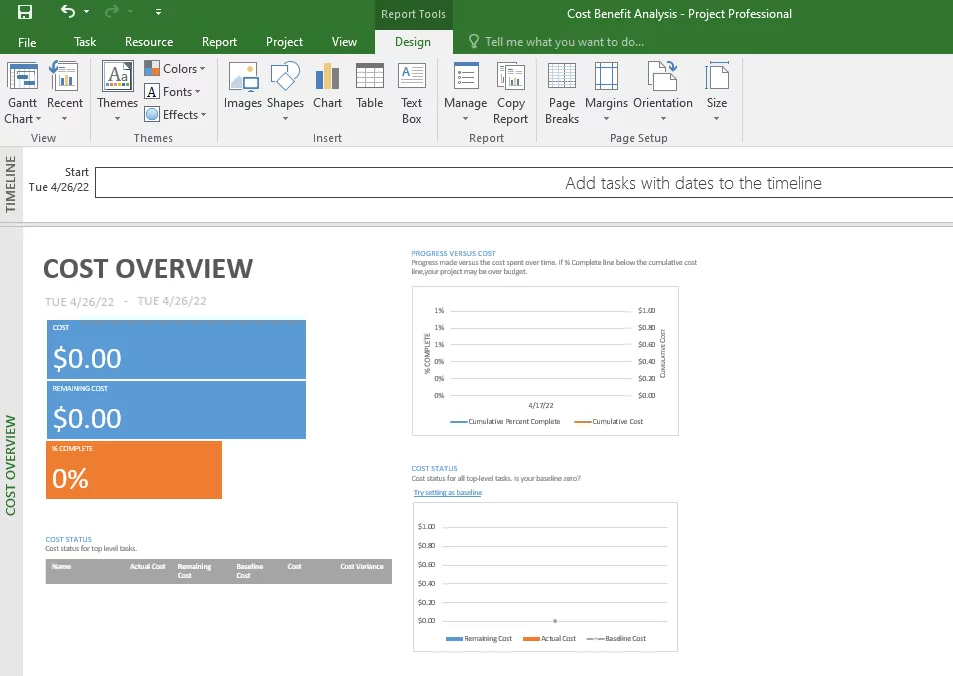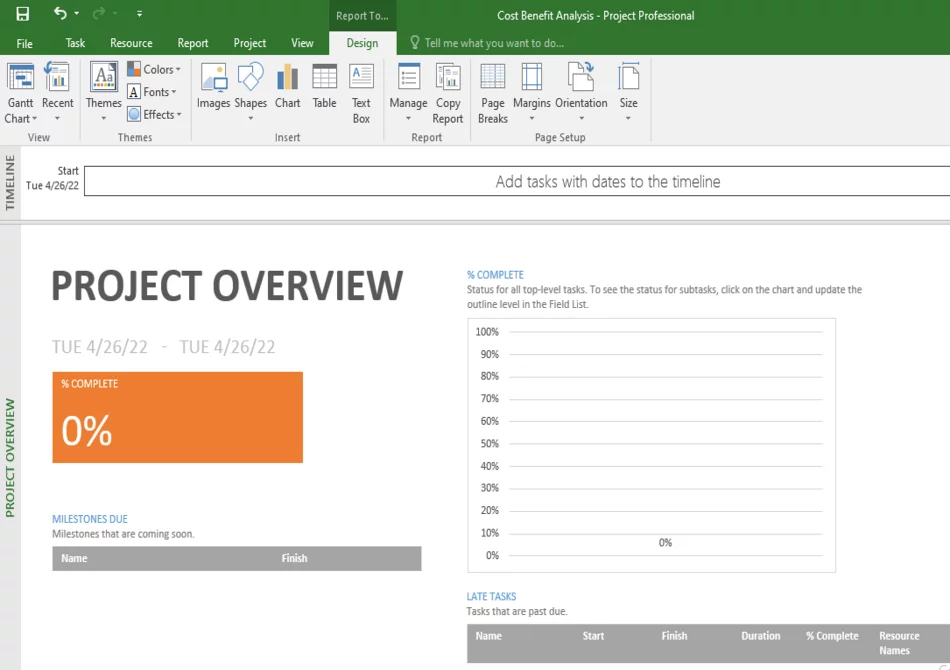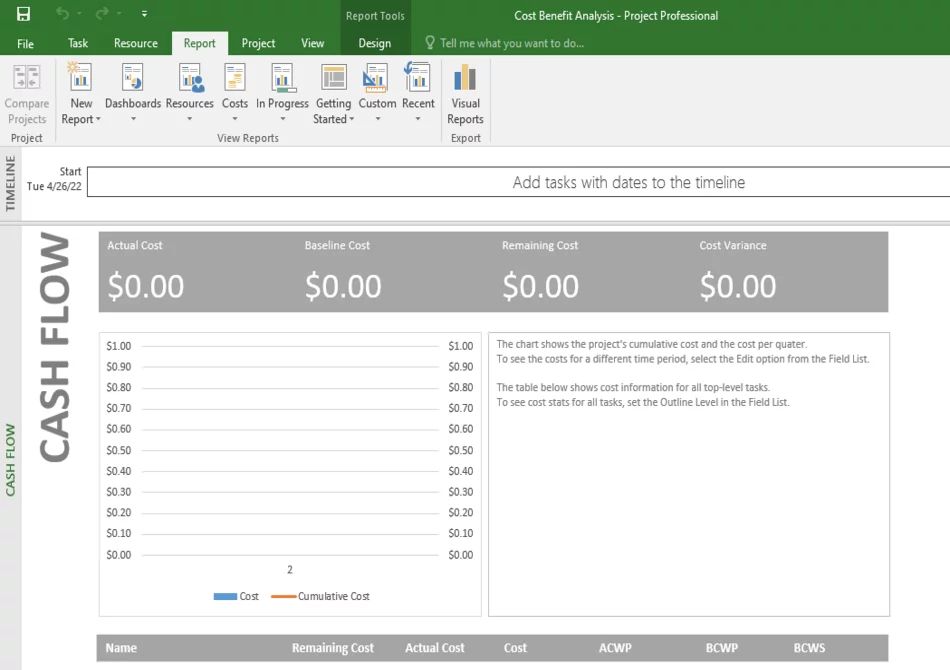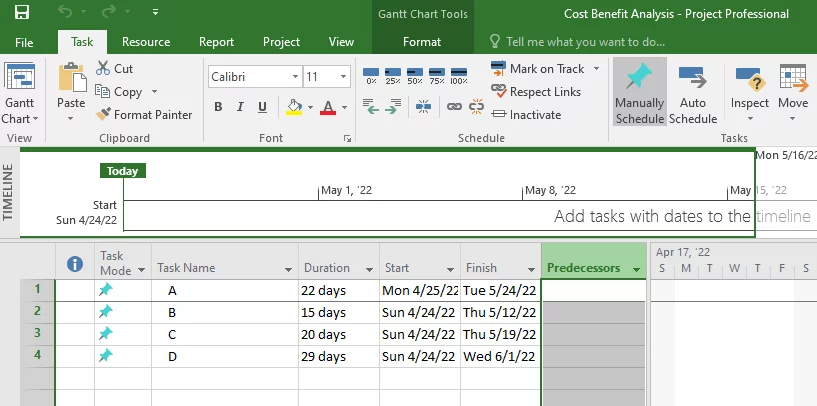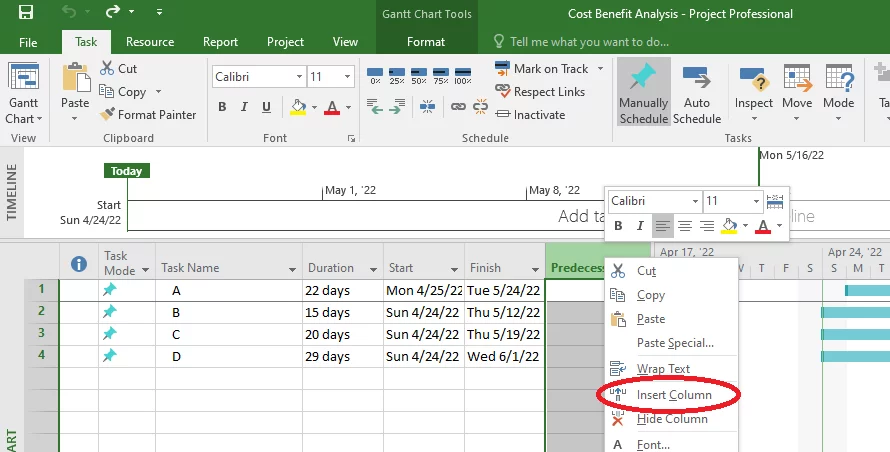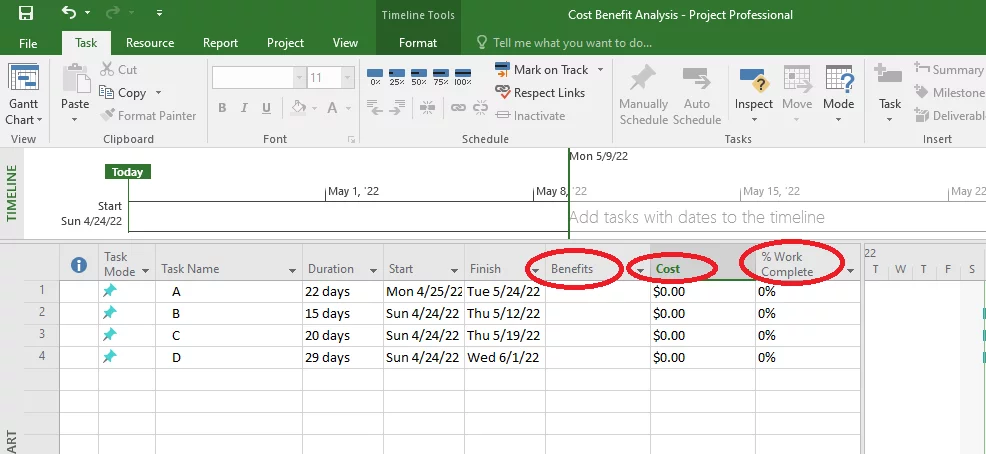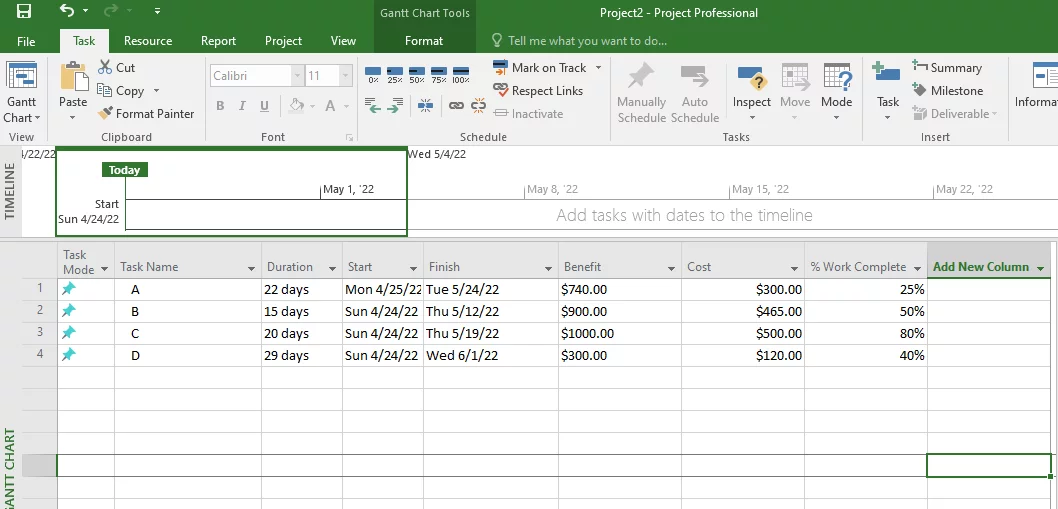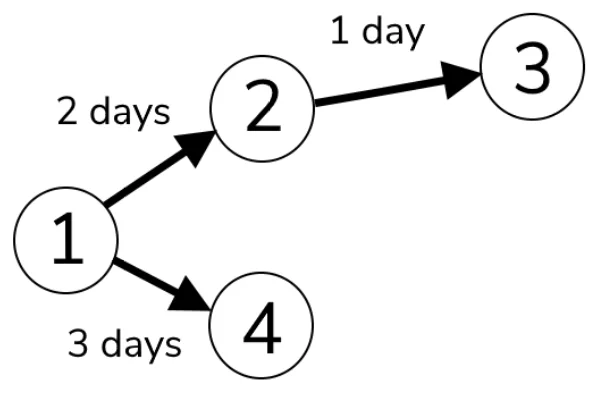
Master Cost-Benefit Analysis In Just 4 Minutes! – Microsoft Project
Contents
When working on a project, you must make crucial decisions.
Project management attempts to:
Keep costs low and obtain the highest return on investment and other advantages for their organization or business.
All they require is a cost-benefit analysis (CBA) to aid them.
If you’re looking for a comprehensive course covering all aspects of Project, please consider our Microsoft Project Courses!
Cost-Benefit Analysis
Cost-Benefit Analysis is an economics method that considers the net present value of expenditures, anticipated benefits, and associated costs.
It aids in the reduction of risks and the increase of earnings for both your proposed project and your organization.
They also allow project managers to weigh the pros and cons of different actions to choose the best possible course of action for their project.
Cost-Benefit Analysis also takes into account the time value of money.
According to this theory, money has more value now than it will in the future.
This is because money can be invested and earn interest, while monetary value incurred today can often be delayed into the future.
When choosing software to perform a cost-benefit analysis, it is important to choose one that is easy to use and understand.
Microsoft Project is a great software for this!
Project managers use it to plan, track, and monitor progress. It can be used to create a cost-benefit analysis for your project.
Microsoft Project is the best software for performing a benefit-cost analysis because it:
- Is easy to use and understand
- Allows you to input all the costs and benefits for each option
- Takes into account the time value of money
- Provides a clear and concise way to compare the costs and benefits of different options
With Microsoft Project, you can create a cost-benefit analysis for your project in minutes.
Project also allows for other great tools for an organisation, such as Project Dependencies with Lead Time.
Visual Representation For Cost-Benefit Analysis
There are various ways to show the costs and cost-benefit Analysis using Microsoft Project tools.
Let’s walk through some of these methods!
Cost Overview
-
- Open Microsoft Project and go to the taskbar.
- Click on “Report.“
- Under Report Tab, click on the “Dashboard” drop-down button
- After clicking the drop-down button, you can see the option “Cost Overview” related to the resources.
Cost Overview will show all the stats in graphical format
Cost status will show all the task details like Cumulative % Complete, Cumulative cost, remaining cost, direct costs, etc.
Project Overview Graph
-
- Click on “Report.“
- Now go to the “Dashboard” tab
- Under Dashboard drop-down button, click on the “ProjectOverview.”
Project Overview Graph will show all the task duration in graphical format, which is easy to understand.
To add or remove anything related to cost and benefit analysis, you can use the filter option given in the report tab.
Cost Flow Analysis
-
- Open Microsoft Project and go to the taskbar.
- Click on “Report.“
- Under Report Tab, click on the “Costs“ drop-down button
- After clicking the drop-down button, you can see different reports related to the cost like “CostFlow, ” “Cost Analysis,” etc
Cost Overview will show all the stats in graphical format.
Cost analysis will show all the cost-related details like Work, Cost, Remaining cost, cumulative cost, estimated costs, indirect costs, etc
You can also use the filter option to add or remove anything in the reports.
If you are looking for more of a methodology to show the tasks in your project than the costs they involve, user a Waterfall Methodology.
Cost-Benefit Analysis Example
Let’s set up a clear example of a written cost-benefit analysis in the Microsoft Project.
- Open Microsoft Project
- Insert data into task name, duration, start date, and finish date.
- Insert three new columns in the sheet. i.e., Benefits, Costs, and work complete.
- By right-clicking on any existing column, you will see a drop-down menu.
- Select “Insert column” and rename it as Benefits etc. Now create columns for costs and work complete data too.
- Insert data into the Benefits, costs, and work complete columns.
- Now follow the above-mentioned process for Cost overview, work overview, and cost flow reports.
Limitations for Cost-Benefit Analysis
Hacking the project’s costs and benefits is important, but there are some limitations to keep in mind when using a cost-benefit analysis.
Some of the key limitations are:
- The time value of money – When discounting future costs or cash flows, the time value of money needs to be considered.
- Cost-benefit analysis can only track progress if there is data on both the costs and benefits. Without this data, it can be difficult to get an accurate picture of progress.
- Assumptions – Cost-benefit analysis relies on a number of assumptions, which may not always be accurate.
Looking for something a little more simple? Check out our Microsoft Project beginner guide here.
Troubleshooting
If you’re having trouble with your cost-benefit analysis, there are a few things you can do to troubleshoot the issue.
Make sure you have accurate data on both the costs and benefits of your project before proceeding.
It will be difficult to get a clear picture of progress if you don’t have this data.
Then double-check your assumptions to ensure that they are correct.
Because a number of assumptions are used in the cost-benefit analysis, it’s critical to verify that they’re correct.
Cost-benefit analysis can be complex, and a professional can help you ensure that you’re doing it correctly. If you want to delegate this task to someone below you, try using a Kanban Board in Microsoft Project in order to help you!
Conclusion
A cost-benefit analysis is a tool that can be used to evaluate a project or course of action, and its benefits outweigh the limitations.
Microsoft Project is very handy for executing the cost-benefit analysis.
Cost overview, work overview, and cost flow reports can be easily generated in Microsoft Project.
There are some limitations to keep in mind when using a cost-benefit analysis, but overall it is a helpful tool for decision-making.
When used correctly, a cost-benefit analysis process can help you make sound decisions about whether or not to proceed with a project.
For more on Project, read our full guide to Project’s pros and cons here!
